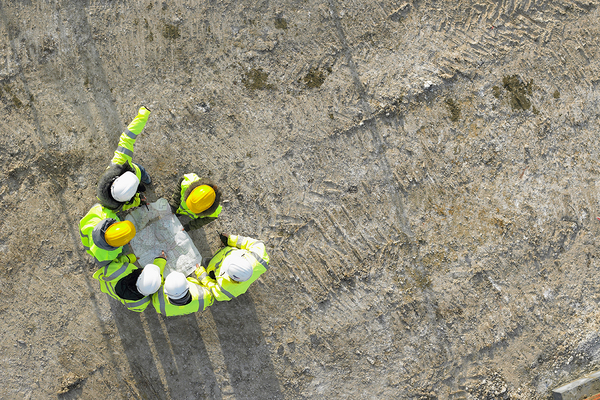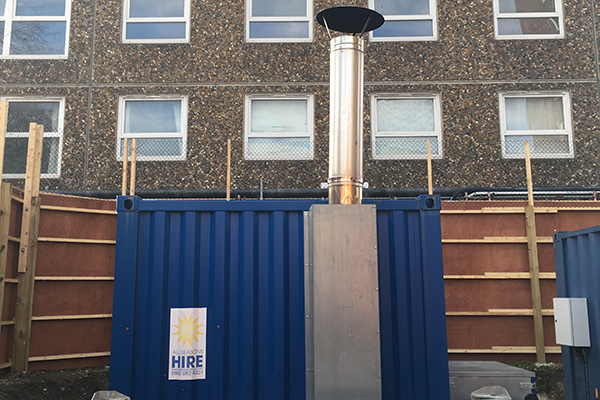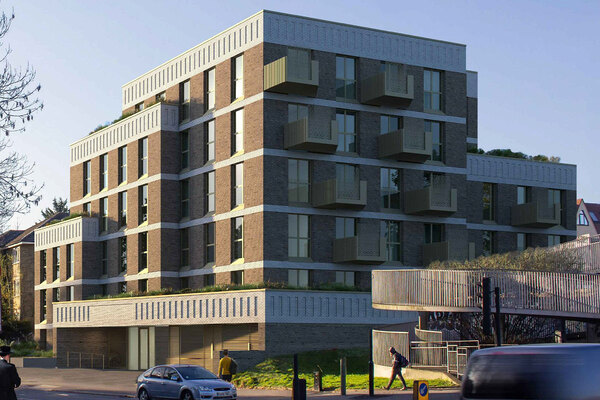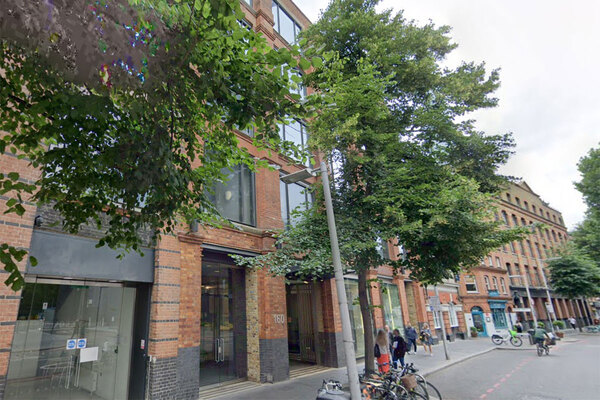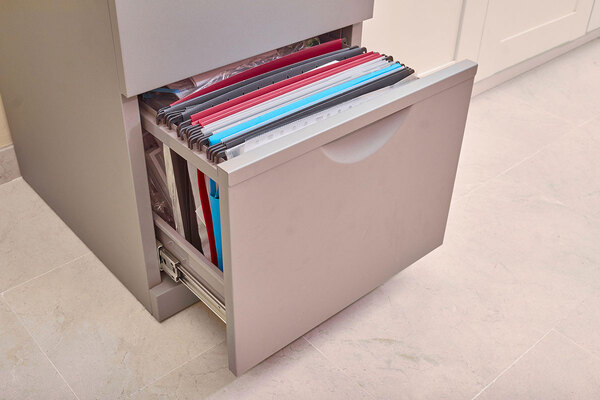You are viewing 1 of your 1 free articles
Ledbury Estate structure ‘in good condition’ despite cracks
An estate in south London at the centre of safety fears about ‘large panel buildings’ has been found to be in “good condition” by engineers, despite cracks in the walls.
In a report into the Ledbury Estate published yesterday, engineering consultancy Arup concluded that there has been “no significant deterioration” of the reinforcements of the four 14-storey tower blocks which make up the estate, owned by Southwark Council.
Some residents said there are cracks in their flats which in some cases have been there for years.
In a previous inspection Arup concluded that the buildings would not be safe from collapsing if there was a gas explosion. This led Southwark Council to immediately switch off the gas supply to the buildings.
Following the publication of the report, the council will hire an independent consultant to set out the options for the future of the estate and a resident consultation will follow.
Stephanie Cryan, cabinet member for housing at the council, said whatever the options are while repair work is carried out “we know that residents will have to move out, either temporarily or permanently”.
The council commissioned the engineering firm to carry out this latest inspection to check the structural safety of the blocks.
Arup visited 19 flats across the four blocks and reviewed the records of cracks provided by the council’s surveyors.
It recommended that to meet current structural recommendations, strengthening measures are required for the floor units and external wall panels, cross walls on the higher storeys and external wall panel restraints.
In the short term the use of bottled gas and oxygen cylinders should be banned, the report said.
With the gas supply switched off, the “immediate and main risk of disproportionate collapse” has been removed, the report said.
Arup found that throughout all four blocks, “floor-to-ceiling vertical gaps” exist between the external wall panels and internal walls separating the bedrooms in some of the flats and horizontal gaps between the external wall panels and floor slabs.
Some of the panels had curved, “which is likely to have happened in the first one to two years after construction”, the report said. Temperature changes also cause the gaps to open or close further.
However, because none of the gaps were found between load-bearing parts of the buildings, the engineers concluded that the gaps do not pose any “structural concerns about the building as a whole”.
The structure of the large panel system blocks also meets wind loading requirements, the report said.
Large panel system blocks came under the spotlight in the late 1960s when Ronan Point, a tower block in Newham in London, partially collapsed following a gas explosion, killing four people. All landlords with large panel system blocks were told to either remove gas from the buildings or strengthen them.
Inside Housing has tried to identify every large panel system block still standing following the Ronan Point collapse
When Arup indicated that the Ledbury Estate had not been strengthened as previously thought, the Department for Communities and Local Government wrote to all social landlords asking them to check any large panel system blocks they might own. Inside Housing has tried to identify every large panel system block still standing following the Ronan Point collapse, but has not found any others that still have gas but have not been strengthened.
Ms Cryan said: “I am pleased that we have received the structural report from Arup today so that we have an update for residents with some clear findings. This is a thorough report and the next steps will be to appoint an independent consultant to look at the possibilities for the future of this estate.
“We hope that the resident project team will be involved in this appointment as well as helping to steer their work, before coming back to residents with options. Whatever those options are, we know that residents will have to move out, either temporarily or permanently.
“I know this will be hugely disruptive for every family who needs to move; I apologise for that disruption, and I thank everyone for their patience. I want to reassure residents that we will do our utmost to make the process as smooth as possible and with as much support as we can offer.”
